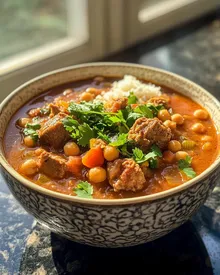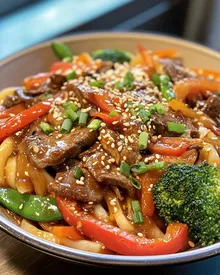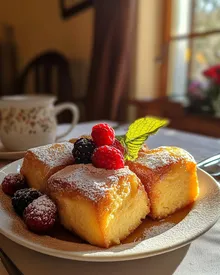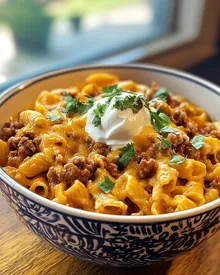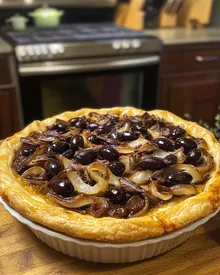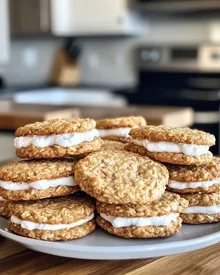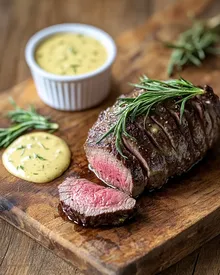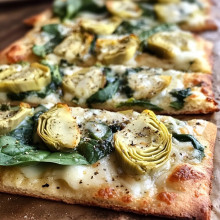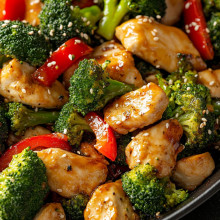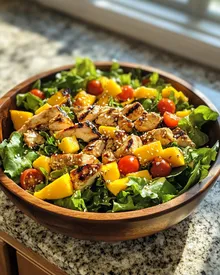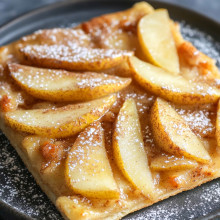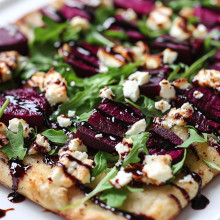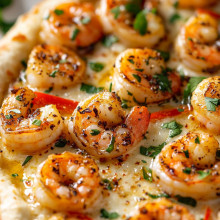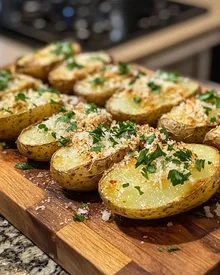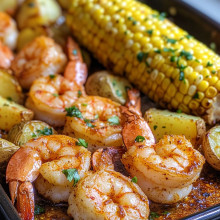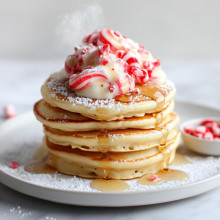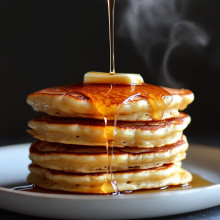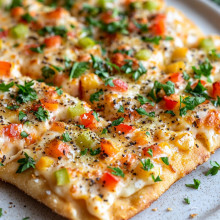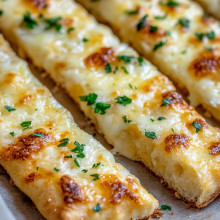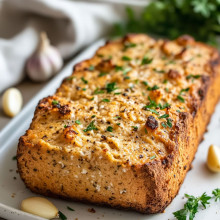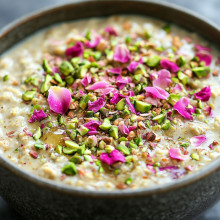Gluten-Free Flatbread with Almond Flour
Published: 29/08/2025 By Leo Nelson
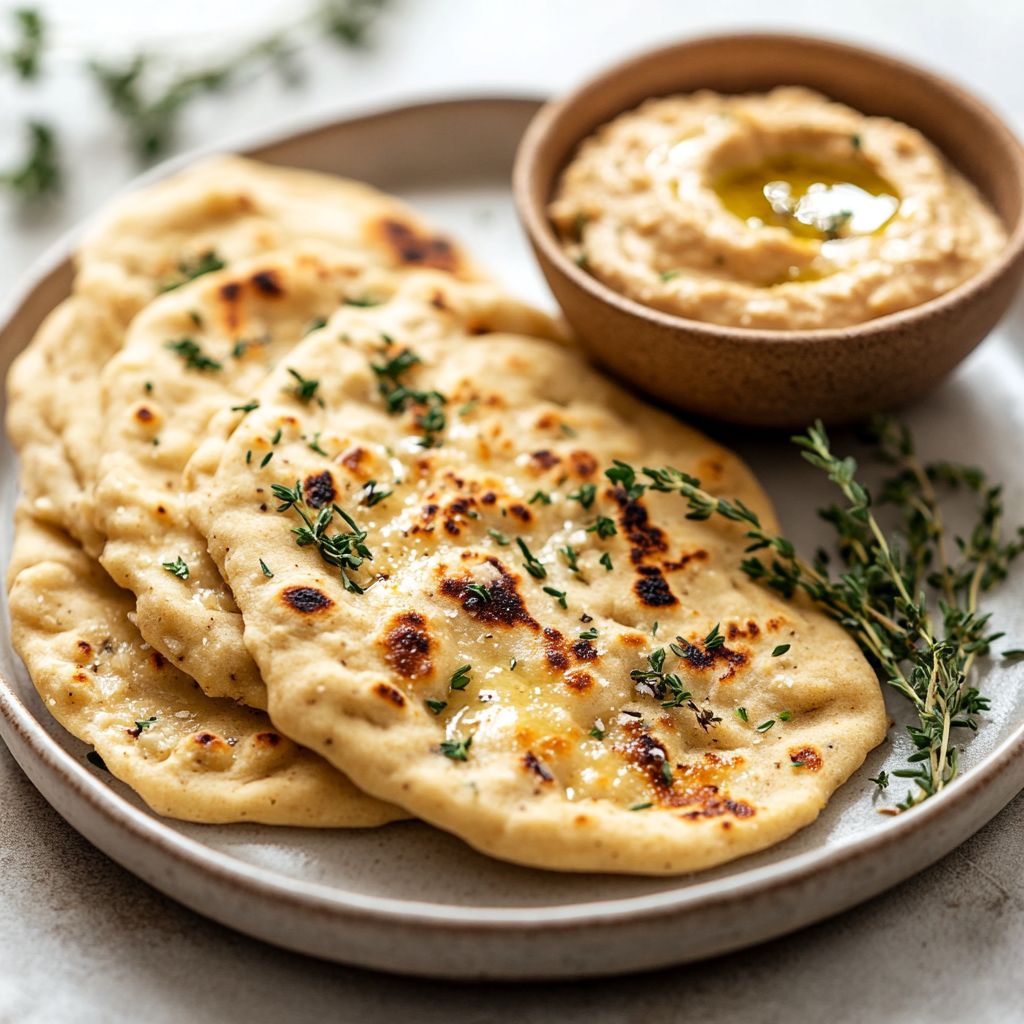
If you’re on a gluten-free journey or simply looking to diversify your bread options, then our gluten-free flatbread made with almond flour is the perfect addition to your culinary repertoire. Imagine biting into a warm, freshly made flatbread that’s not only delicious but also nutritious, wholesome, and free from gluten. This flatbread is incredibly versatile and can elevate any meal, whether you’re slathering it with your favorite spreads, wrapping it around savory fillings, or using it as a hearty base for your homemade pizzas. This delightful recipe is as easy to make as it is to customize, and it’s bound to become a staple in your home, appealing to both the gluten-sensitive and the gluten-loving alike.
Almond flour, the star of this recipe, is finely ground from whole almonds. It is a nutritional powerhouse, packed with protein, healthy fats, vitamins, and minerals. Unlike conventional wheat flour, almond flour provides a lower carbohydrate alternative, making it an ideal choice for those on a low-carb or ketogenic diet. The delightful nutty flavor of almond flour combined with the light and airy texture of flatbreads creates an irresistible treat that’s not only pleasing to the palate but also feeds your body with essential nutrients. You’ll love how it’s a perfect canvas to showcase your culinary creativity.
Perfect for any occasion, this gluten-free flatbread can be prepared for breakfast, lunch, or dinner. It serves as a versatile base for your adventurous culinary pursuits. Picture serving it warm as a side to a delicious curry, where the flaky layers can soak up all the rich flavors of the sauce, or use it as the foundation for a gluten-free pizza topped with your choice of vibrant vegetables and melted cheese. This flatbread isn’t just a sidekick; it’s a star in its own right, able to hold its own in a variety of dishes while being incredibly simple to prepare.
The best part? It only takes a few common ingredients and minimal prep time to create your own batch of flatbreads. With almond flour at the helm, the process is straightforward and requires only basic kitchen skills. You don’t need to be an expert baker to master this recipe. With just a handful of ingredients, you’ll be amazed at how quickly you can whip up a batch of these delightful alternatives to traditional bread. Plus, the satisfaction of creating something so hearty and delicious with your own hands makes the experience even more rewarding.
Another added bonus of making your own flatbread is that you can control the flavors and toppings! Feel free to mix in herbs and spices such as garlic powder, onion powder, or dried oregano for an extra flavor boost. The options are endless, and you can easily infuse each flatbread with your unique touch. Some like to add a pinch of sea salt for taste or even a drizzle of olive oil for a richer flavor. Experimentation is encouraged, so let your creative juices flow and customize each round of flatbread to suit your tastes.
This flatbread is not just a great option for people with gluten sensitivities; it’s also an excellent choice for anyone looking to incorporate more nutrient-dense foods into their diet. The healthy fats found in almonds, such as omega-3 and omega-6 fatty acids, help support heart health, manage cholesterol levels, and provide a plethora of energy. Almond flour is also rich in vitamin E, an antioxidant that plays a crucial role in boosting skin health and protecting our bodies from oxidative stress. For those looking to add fiber to their diet, this flatbread provides a great alternative to the usual bread, helping you feel fuller for longer without the heavy feeling that wheat products may sometimes give.
Storing your flatbreads is a breeze as well! They can be kept fresh in an airtight container for several days or frozen for later use, ensuring that you always have a healthy bread alternative on hand. Simply warm them in a skillet or in the oven when you’re ready to enjoy. This makes it easy to prep ahead of time, allowing you to have homemade flatbreads ready whenever the craving strikes. You’ll find yourself reaching for them as a quick snack, light lunch, or even dinner side. The flexibility of this flatbread recipe truly caters to busy lifestyles while ensuring nutritious options are readily available.
While the main recipe is wonderfully flavorful on its own, you may want to consider experimenting with toppings. Delicious options like hummus, tzatziki, or guacamole can complement the flatbread's taste, making it an excellent vehicle for sharing with friends and family during gatherings. Cut them into wedges and serve as an appetizer or snack at your next get-together. Pair it with a fresh salad for a complete meal; the soft yet slightly chewy texture of the flatbread offers a satisfying contrast to crisp greens.
Moreover, this recipe serves as a fantastic entry point for those new to gluten-free baking. It introduces the concept of alternative flours while providing an easy and hands-on experience. The methods you learn can be applied to various other recipes in your baking journey, enhancing your skills and broadening your understanding of gluten-free cooking. Once you understand the properties of different flours, you may find yourself creating an array of delicious gluten-free snacks and meals, all while feeling empowered as a home cook.
In a world where gluten-free options can often feel limited or pre-packaged, this homemade almond flour flatbread represents a step towards embracing the natural, wholesome goodness of cooking from scratch. It celebrates the rich available flavors and textures while fostering a deeper appreciation for what goes into our food. So gather your ingredients; grab a rolling pin and skillet, and let’s embark on this flavorful journey into the realm of gluten-free baking. It’s time to say goodbye to dull, flavorless gluten-free products and welcome a vibrant world of custom culinary delights into your kitchen. You’ll soon discover just how satisfying and enjoyable gluten-free living can be when delicious recipes like this are involved!
Ingredients
- 1 1/2 cups almond flour
- 1/4 cup tapioca flour
- 1/4 cup coconut flour
- 1/2 tsp baking powder gluten-free
- 1/2 tsp salt
- 1/4 cup water
- 2 large eggs room temperature
- 2 tbsp olive oil
- 1 tsp apple cider vinegar
Instructions
- In a mixing bowl, combine the almond flour, tapioca flour, coconut flour, gluten-free baking powder, and salt. Mix well to ensure all dry ingredients are evenly distributed.
- In a separate bowl, whisk together the eggs, olive oil, water, and apple cider vinegar until well combined.
- Pour the wet ingredients into the bowl of dry ingredients and mix until a dough forms. It should be slightly sticky but manageable.
- Preheat a non-stick skillet or frying pan over medium heat.
- Divide the dough into equal portions, depending on how large you want your flatbreads.
- Using your hands or a rolling pin, flatten each portion of dough into a round shape about 1/4 inch thick.
- Place the flattened dough into the preheated skillet and cook for about 2-3 minutes on each side, or until golden brown and cooked through.
- Remove the flatbread from the skillet and let it cool on a wire rack. Repeat with the remaining portions of dough.
- Serve warm or at room temperature as a side dish or use for wraps and sandwiches.
Notes
These gluten-free flatbreads made with almond flour are a delightful addition to any meal, serving as a versatile base for sandwiches, wraps, or even as a pizza crust. The combination of almond flour, tapioca flour, and coconut flour gives them a unique texture and flavor that is both satisfying and nutritious. They are quick to prepare and cook, making them an excellent choice for busy weeknights or a healthy snack option. You can store them in an airtight container in the refrigerator for up to a week or freeze them for longer storage. Feel free to experiment by adding herbs and spices to the dough for extra flavor or topping them with your favorite ingredients. For best results, ensure that all your ingredients, especially the baking powder, are certified gluten-free.
Faq
What ingredients do I need to make gluten-free flatbread with almond flour?
You will need almond flour, water, olive oil, salt, and optional herbs or spices for flavoring.
Can I use other types of flour instead of almond flour?
While almond flour gives the flatbread its unique texture and flavor, you can experiment with other gluten-free flours like coconut flour or tapioca flour. However, the result may vary.
How long does the flatbread take to prepare and cook?
The preparation time is approximately 10 minutes, and cooking usually takes around 5-7 minutes per flatbread.
Can I store leftover flatbread? If so, how?
Yes, you can store leftover flatbread in an airtight container in the fridge for up to 3 days or freeze it for up to 2 months. Just reheat before serving.
Is this flatbread suitable for a vegan diet?
Yes, this gluten-free flatbread is vegan as it does not contain any animal products.
What are some ways to serve gluten-free flatbread?
You can serve it with hummus, as a wrap for sandwiches, topped with your favorite ingredients, or as a side with soups and salads.
How do I know when the flatbread is cooked properly?
The flatbread should be golden brown and firm to the touch. You can also check the underside; it should be slightly browned as well.
Can I make the dough in advance?
Yes, you can prepare the dough ahead of time and store it in the refrigerator for up to 24 hours before cooking it. Just let it come to room temperature before rolling it out.
Do you want to save this recipe?
Are you new to this website? This free email series is a great place to start. I'll walk you through some of my most popular recipes and show you how and why they work. You'll learn some practical concepts in the science of baking and quickly gain the knowledge you need to become a better baker.









